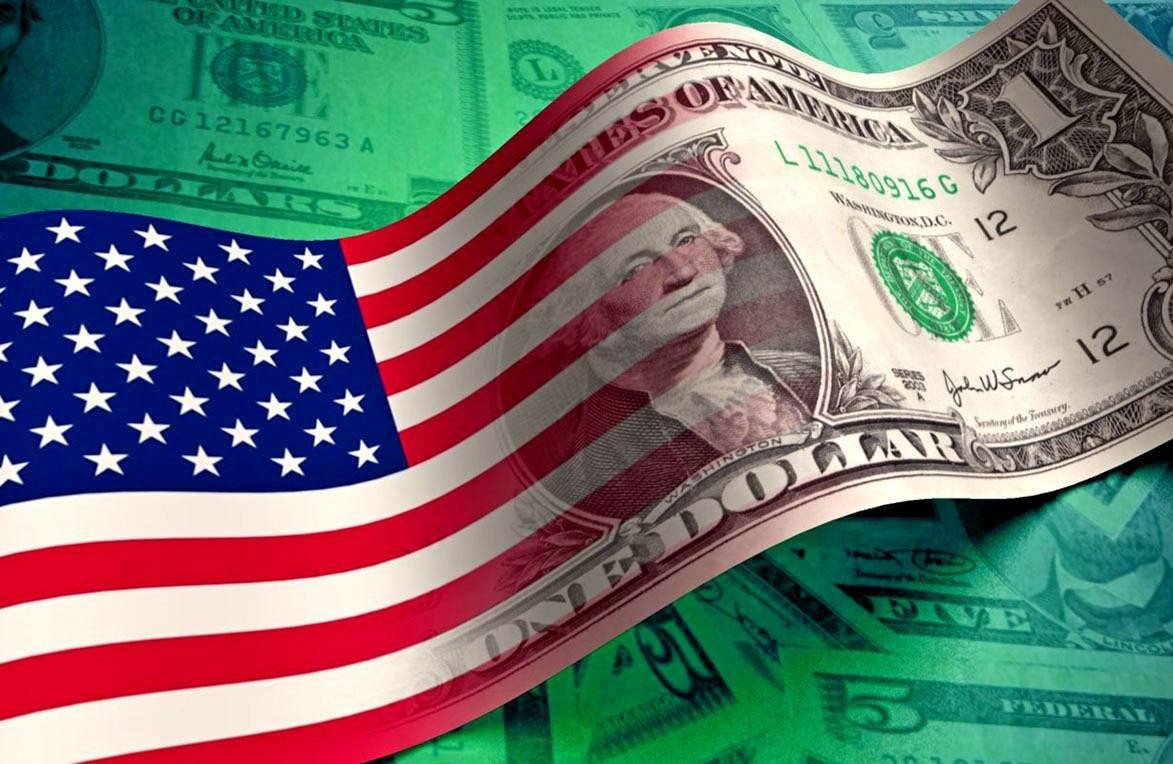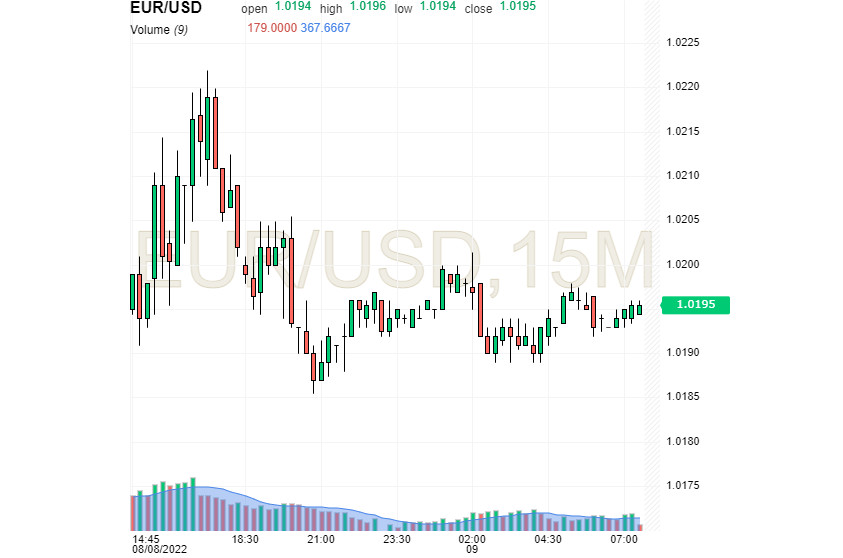
US and European currencies, competing in the financial market, tend to bypass each other. Sometimes the greenback or the euro make deceptive movements, most often associated with a short-term fall. This week, the USD almost fell into such a trap, counting on the single currency's succeeding decline. However, the latter has partially restored the lost positions and intends to move in this direction.
The European currency rose in price on Monday, August 8, after a long subsidence. However, at first the EUR was noticeably inferior to the dollar, which developed the growth momentum of the past week. This deceptive maneuver lulled the greenback's vigilance, who now has to recover and try to gain a foothold on the current frontiers.
The US currency retreated from recent highs on Tuesday, August 9, amid expectations of US inflation data. According to analysts, if the rate of price growth has reached a peak, it will negatively affect the dynamics of the USD and force the Federal Reserve to reconsider previous measures of tightening the monetary policy. Recall that last Friday, August 5, the US Bureau of Labor Statistics announced an increase in the number of people employed in the non-agricultural sector (by 528,000). This far exceeded the expectations of the market, as an increase of 250,000 was predicted. At the same time, wage inflation, measured by average hourly earnings, remained the same (5.2% in annual terms). Against this background, many market participants revised forecasts for the Fed rate. As a result, the probability of its increase in September by 75 bps jumped to 70% from the previous 30%.
In relation to the European currency, the risks of a recession remain. This puts serious pressure on the single currency, undermining its dynamics. At the same time, Commonwealth Bank of Australia currency strategists believe that in the absence of important economic data from the eurozone, the dynamics of the EUR/USD pair "will determine the current trends in the dollar." Many economists are confident that the euro will remain strong against other currencies in the near future, despite difficulties with energy supplies and rising commodity prices.
Last week, electricity prices in Europe reached peak values. However, this affected the dynamics of the EUR/USD pair too much, although experts feared that the pair would test recent lows. According to analysts, the rise in the cost of natural gas and energy carriers increases the risks of recession in the eurozone. This will put pressure on the euro in the short and medium-term planning horizons, economists are sure.The current week started relatively positively for the EUR/USD pair, which soared sharply to 1.0200.
However, later fortune turned away from the euro, which was again stuck in a downward trend. The EUR/USD pair was near 1.0195 on the morning of Tuesday, August 9. The pair is consolidating around the 1.0190 mark at the beginning of this week, but in the medium term, the EUR/USD pair will remain in a wide range of 1.0095-1.0300, experts believe.

The euro is under pressure not only from the risks associated with energy supplies, but also inspiring economic data on the labor market in the United States. Positive reports contributed to the resumption of growth in the yield of US government bonds and greenback. This happened after an increase in the index of business activity in the US manufacturing sector and in the service sector. Many analysts expect further growth in US bond yields and the dollar in the near future. The catalyst for such a rise will be reports on inflation in the United States, the release of which is scheduled for Wednesday, August 10. In case of such a scenario, the hawkish position of the Fed will receive additional confirmation.
Current macro data from the United States reinforced market expectations about the Fed's interest rate hike in September. According to preliminary calculations, an increase of 75 bps is implied, but the basic forecast assumes an increase of 50 bps. At the same time, disputes continue about a possible recession in the American economy. However, the current macroeconomic report dispelled doubts, confirming the strength of the latter. After a solid July employment report in the US, a 75bp rate hike at the September FOMC meeting is a matter of time, experts believe.
Some Fed officials have previously stated that in 2022 interest rates in the United States will exceed 3%. At the same time, the ministry recalled that the cost of borrowing could be reduced in the second quarter of 2023. However, the upcoming data on inflation in the United States, which are expected on Wednesday, August 10, will force the markets to revise their forecasts for a rate cut in 2023. According to experts, markets should tune in to the Fed's tough rhetoric. However, the implementation of such a scenario will increase pressure on the euro and open the way for the dollar's succeeding growth.
 English
English 
 Русский
Русский Bahasa Indonesia
Bahasa Indonesia Bahasa Malay
Bahasa Malay ไทย
ไทย Español
Español Deutsch
Deutsch Български
Български Français
Français Tiếng Việt
Tiếng Việt 中文
中文 বাংলা
বাংলা हिन्दी
हिन्दी Čeština
Čeština Українська
Українська Română
Română

